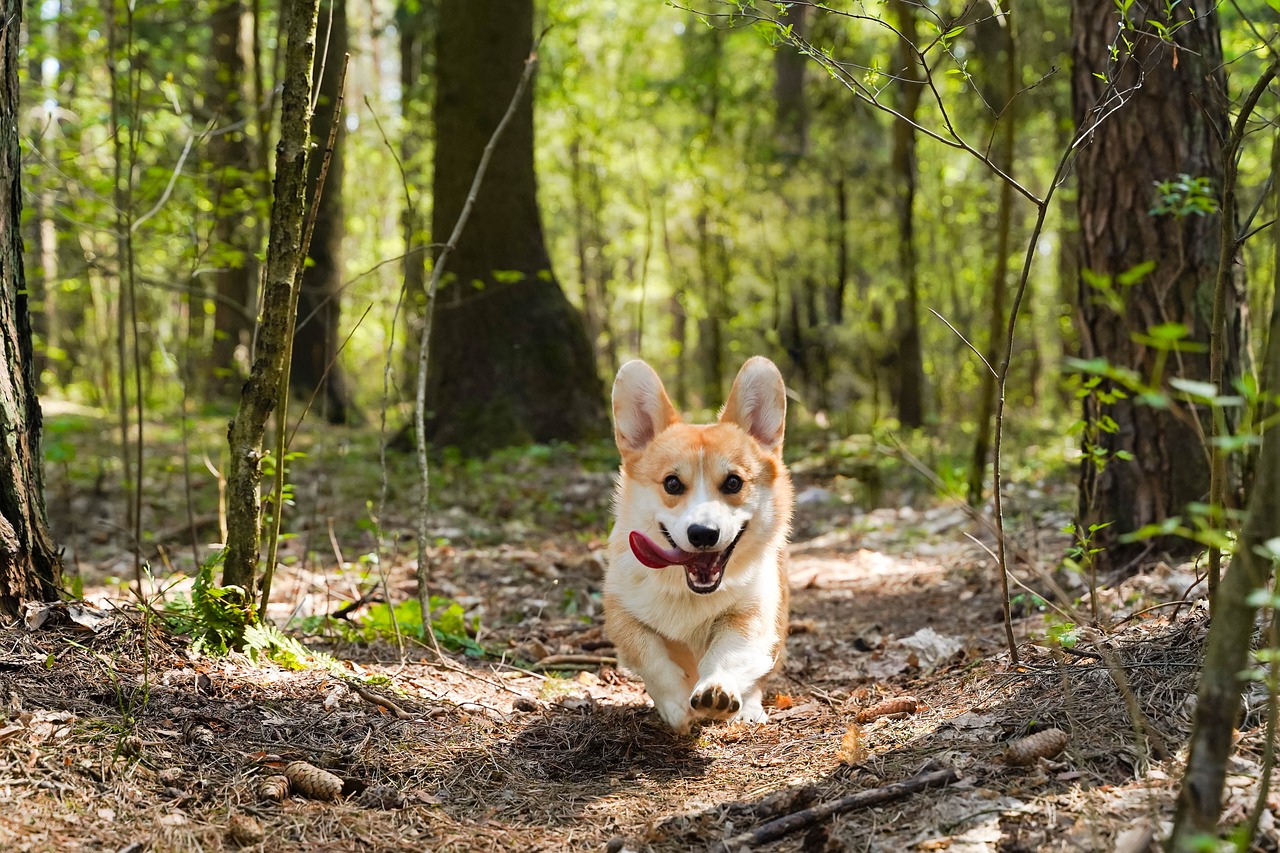Interpreting your dog’s body language, particularly the play bow, is crucial for understanding their communication cues and emotional state. The play bow, characterized by a dog lowering its front legs while keeping its rear end up, is a fascinating behavior that serves multiple purposes in canine communication. While commonly associated with play and invitation, it can also reflect elements of submission or appeasement within social interactions. Distinguishing between these motivations allows owners to better respond to their dog’s needs, enhancing their bond and fostering a positive environment for interaction. This article delves into the nuances of the play bow, exploring its dual role as both an invitation to play and a gesture of submission. It provides insights into how dogs use this behavior to navigate their social world.
Invitation to Play
The play bow is most frequently recognized as a clear invitation to play. When a dog performs this gesture, it’s often a sign that they’re in a playful mood and expressing a desire to engage in friendly, social activity. The bow signals other dogs or humans that forthcoming actions are meant for good fun and should not be interpreted as aggression. Observing this behavior in your dog is a cue to engage in play, whether it be a game of fetch, tug-of-war, or simply romping around. It’s a dog’s saying, “Let’s have fun together,” initiating playful interactions that strengthen social bonds.
Expression of Submission
While the play bow is commonly associated with playfulness, it can also express submission within canine social dynamics. In interactions where your dog might need to affirm a more submissive role or alleviate potential tension, the play bow can act as a peacekeeping gesture. It communicates to other dogs or humans that they do not intend to challenge the social order or provoke conflict. This submissive aspect of the play bow helps to maintain harmony within social groups, signaling a dog’s willingness to engage positively without posing a threat.
Signaling Comfort and Trust
In addition to its roles in play and submission, the play bow can indicate a dog’s comfort and trust in their environment or the individuals they interact with. A dog frequently initiating play bows in various contexts is likely confident and secure, feeling safe enough to expose themselves to potential play or interaction. This behavior reflects a well-adjusted dog comfortable in its social setting and willing to engage openly and positively with humans and other dogs.
Reducing Social Tension
The play bow can also be a strategic behavior dogs use to reduce social tension or avoid conflict. By signaling playful intentions, dogs can defuse potentially tense situations, redirecting the energy towards positive, non-threatening interactions. Using the play bow as a form of conflict resolution showcases dogs’ sophisticated social intelligence and ability to use communication cues to maintain peace within their social groups.
Encouraging Engagement
Finally, the play bow serves to encourage engagement from others. By performing this gesture, a dog expresses its own willingness to interact and invites others to join in the fun. It’s a way of breaking the ice, encouraging reluctant playmates to let down their guard and participate in mutual play. This aspect of the playbook highlights its role in fostering social cohesion and encouraging active participation within the group.
The play bow is a multifaceted behavior that serves as both an invitation to play and a gesture of submission, reflecting a dog’s desire for friendly interaction and its sensitivity to social dynamics. Understanding this behavior’s nuances enables owners better to interpret their dog’s intentions and emotional state, facilitating more meaningful and positive interactions. Recognizing when your dog is seeking fun, expressing submission, or attempting to reduce tension can significantly enhance the communication and bond between you and your pet, ensuring a happy, well-adjusted companion.


 Toledo, United States.
Toledo, United States.
